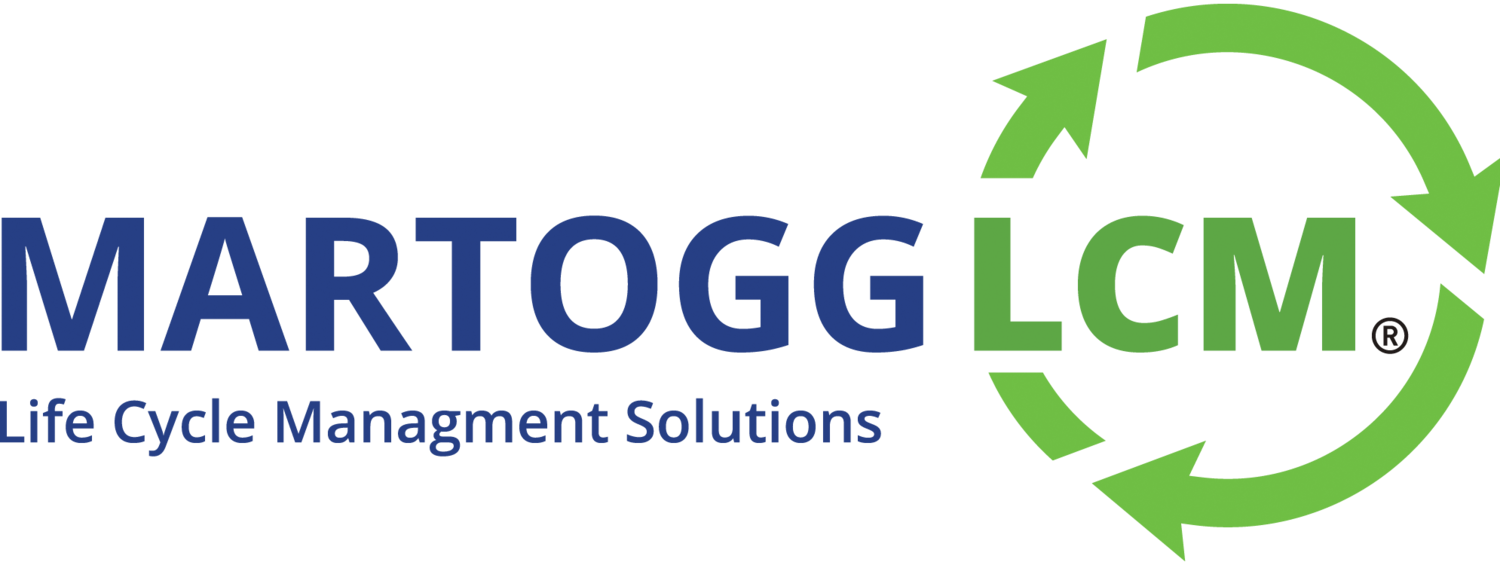Using Recycled Is Profitable – The Untapped Business Potential
The use of recycled materials is not only limited to reducing waste, prevention of pollution, and conservation of natural resources. This practice also has economic benefits in a market where consumers are becoming increasingly more aware of what their product doesn’t do, as well as what it does!
Investing in recycled products can help companies gain an advantage on their competitors in more ways than one. However, regardless of the possible advantages associated with using recycled materials in their manufacturing processes, many are still slow to make the transition.
Unfortunately there seems to be a negative impression on recycled materials for economic benefit. Many feel that gaining access to recycled content is difficult, and in addition that recycled content can negatively affect the quality and distribution of the product itself. However, the misunderstandings on using such materials are far from the truth.
The Myths About Recycled Products
Recycled Plastics are often scrutinised for their look and feel, cost and availability, however, many businesses here in Australia and abroad have proven many of these perceptions to be false. Businesses and can do more good for their customers and the planet at the same time. With that being said, here are three common misunderstandings around recycled products:
Recycled products cost too much
Whilst it is true that recycled, food contact approved resins can cost more than their virgin counterpart, it is also important to understand why. Take 2020 for example, due to the COVID pandemic, worldwide oil and gas prices were at record lows, which in turn drove virgin resin pricing down as a result.
Consider then, that the costs associated with collecting a bottle, transporting, sorting, washing, flaking and extruding back into recycled pellet did not change at all due to COVID, and recycled resin pricing remained flat or if anything slightly increased.
Recycled resin commodity pricing is driven by a completely different set of commercial drivers to virgin resins, whilst they’re not mutually exclusive, the example above shows that they do not track in unison.
The other important consideration is the cost of doing nothing…with impending waste export bans on plastic and other waste, the responsibility is now on Australia to collect, recycle and consume all of the primary packaging that we produce and import. We benefit greatly from the use of plastic as a packaging medium, even if you simply consider the freight benefits of plastic over glass for example in the same application. We must now be responsible for much more of the lifecycle here in Australia.
The quality of recycled products is bad
When it comes to the quality of recycled products, it cannot be denied that in the past, quality has been a consideration. However, this is no longer the case as leading machinery companies such as Erema GmbH have worked hard on bringing to market approved machinery for manufacturing mechanically recycled, food contact approved resins.
These technologies are typically approved by the FDA through a ‘letter of no-objection’ process, and the EU has a similar, although different process via Commission Regulation (EC number).
These technologies, in particular for rPET through Erema’s Vacurema process, can even build the physical properties of the recycled PET resin to the point that from an intrinsic viscosity perspective (IV) the recycled resin is as good as virgin. In most applications, rPET produced through a high end mechanical recycling process will convert into packaging the same as a virgin resin from a processability perspective.
There’s a lack of recycled content available
One of the most common issued raised is that recycled material is not available in the market to brands and packaging producers. And it is true that as of April 2021 in Australia the capacity for recycling is still lagging, however considering the lack of investment in recycling infrastructure due to a largely export focused model for the past few decades, it’s simply a matter of putting all the pieces together in the puzzle.
Brand, and consumer demand for ‘buying recycled’ and actively contributing to the circular economy is arguably the most important piece in this puzzle.
So there it is…
There is far more to recycled content than meets the eye. Increasing the demand for recycled products is about far more than just the environmental advantages such as reduced carbon footprint and cutting waste to landfill. Economically speaking, it can help increase product value, as well as increasing market share with today’s consumer being more aware of their footprint on the planet. This is largely why many large-scale companies have included the use of recycled materials in their future business plans.

